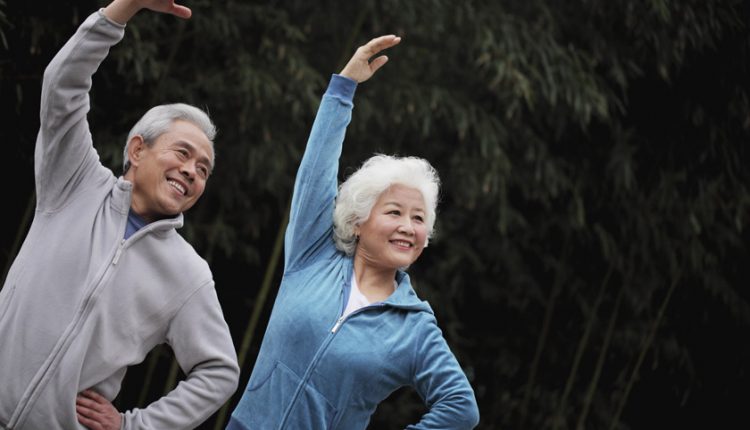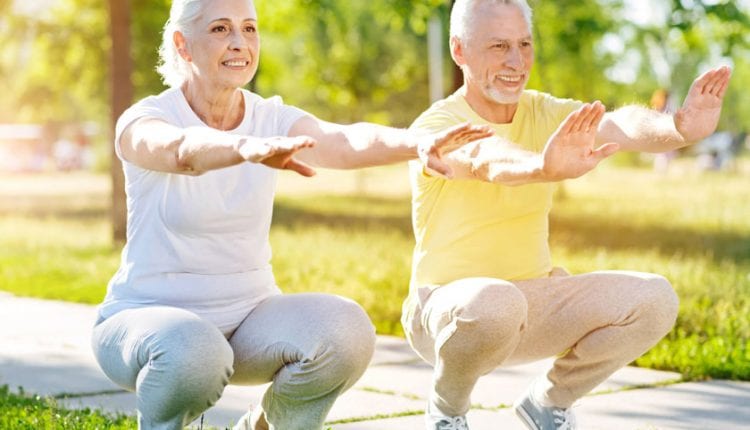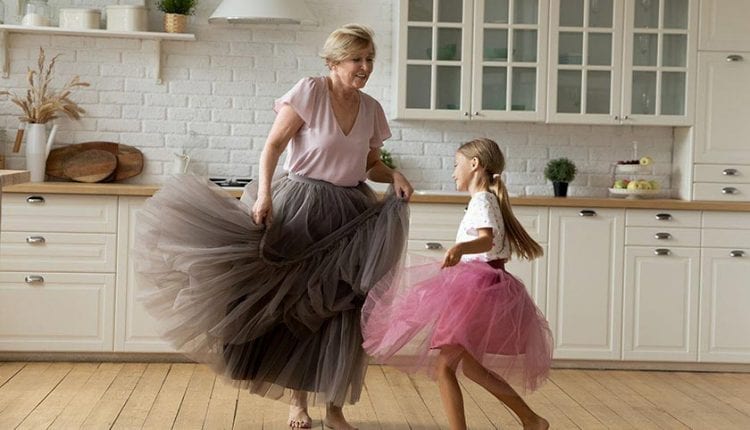
Dementia is one of the leading threats to our aging population. This disease has the ability to disrupt a patient’s life and even affect their loved ones. But there are ways to reduce dementia risk, even if medications have no proven neuroprotective effect. Exercise for seniors appears to be one of the most effective lifestyle changes for lowering dementia risk among all the approaches studied.
Contents
How Does Dementia Affect the Brain, and What Are Its Symptoms?
As defined by the Centers for Disease Control and Prevention (CDC), Dementia refers to a group of conditions with cognitive impairment as their defining characteristic. Most patients with Dementia are over the age of 65, but it is not an inevitable part of aging. There are several types of Dementia; however, Alzheimer’s is the most prevalent one. The disease is neurodegenerative, meaning it worsens as it progresses.
Based on the World Health Organization (WHO) reliable Source, Alzheimer’s symptoms include forgetfulness, losing track of time, and not remembering familiar people during the early stages. When Dementia reaches its late stages, the individual may be significantly less aware of the world around them.

The Connection Between Physical Exercise and Dementia
In recent months, three major long-term studies have sought to identify the types, intensities and durations of physical activity associated with the most significant overall protection against Dementia. The findings of these studies, which followed hundreds of thousands of people over many years, confirm that regular physical activity is linked with a lower risk of developing Dementia.
While vigorous exercise seems to be the most beneficial, even non-traditional exercise, like household chores, can contribute significantly. In fact, it is so effective that it is equally effective for decreasing the risk of Dementia in those who come from families with a history of the disease.
Start by Doing What You Like the Most
The studies mentioned above show that dementia prevention is not limited to one type of activity. It is best to start working out with the exercise you enjoy the most. Remember, It’s never too soon to begin reaping the benefits of physical activity. Creating a lifelong habit of physical activity will benefit the brain in the long run.
Based on the research, the movements we make on a daily basis will add up over time. This also demonstrates the importance of regular, lifelong physical activity in reducing dementia risk, even for patients classified as high-risk.
What Are the Best Exercises to Reduce Dementia Risk
Physical activity or exercise is not defined the same way across studies in this area. But listed below are the three types of exercise proven to yield good results for general health:
- Aerobic exercise
- Strength, weight or resistance training
- Flexibility and balance training
It is important to note that physical exercise does not just mean being active by participating in sports or running. Brisk walking, cleaning, or gardening can also qualify as daily activities. A study also found that Daily Activities like cooking and cleaning can reduce the risk of Alzheimer’s disease.

Aerobic Exercise for Reducing the Risk of Dementia
The term aerobic exercise refers to exercise performed for a prolonged period of time at a moderate intensity. Increasing blood flow to the brain improves general physical health, as aerobic exercises do. You can gradually increase the amount of aerobic exercise as your fitness improves, but the recommended amount is at least 30 minutes a day. Among the aerobic exercises are jogging, dancing, cycling, swimming and brisk walking. Evidence suggests that aerobic exercise, in particular, may help slow down the shrinkage of the hippocampus, the part of the brain responsible for memory and learning.
Resistance or Weight Training for Lowering the Chance of Dementia
The purpose of resistance or weight training is to exercise muscles against external forces that provide resistance to the movement. In addition to increasing muscle, tendon and ligament strength, bone density, flexibility, metabolic rate, and postural support, strength training has many other benefits. Weight lifting, rubber ball squeezing, and elastic resistance bands are all examples of resistance training.
In a recent study by researchers at the University of Sydney, physical training contributed to better cognitive performance and protection from hippocampus degeneration.
The message seems clear: An effective dementia risk reduction strategy must include resistance exercises for Seniors.
Flexibility and Balance Exercises to Reduce Dementia Risk
Flexibility and balance exercises strengthen the spine and supporting muscles and improve coordination and balance. It is possible to increase flexibility and balance through exercises for seniors such as tai chi, yoga, and pilates.
Other activities, such as dancing, can be a part of the flexibility and balance exercises program and also benefit seniors’ social participation. It is noteworthy that socializing reduces the risk of depression, which can lead to dementia.

Daily Activities that Lower Dementia Risk for Seniors
In the case of working or taking a class from home, you can benefit from keeping your home environment organized and clean in order to be able to focus and concentrate more effectively.
Listening to your favourite podcast or audiobook while you do house chores can make it a fun activity. A healthy way to deal with stress is to make sure you schedule a time every day to move your body and be physically active.
Final Words
Exercise is a well-established intervention to reduce dementia risk in older people; however, you should consult your doctor before participating in any exercise program. Participating in planned and supervised exercise programs is ideal, but exercise is likely to be beneficial in general and in any form. Do not worry about equipment. In the absence of appropriate facilities, it is always possible to adapt available ones.
My grandmother was diagnosed with Alzheimer’s a few years ago, and it has been heartbreaking to watch her struggle with memory loss and confusion. However, I have noticed that she is more alert and engaged in physical activities like walking and swimming. I am glad to know that these exercises are not only good for her physical health but also her cognitive health. I will be sharing this article with my family members so that we can all encourage my grandmother to stay active and healthy.
This article hit my home because my mother was recently diagnosed with dementia. It has been a difficult time for our family as we navigate this new reality and try to find ways to support her. I appreciate the information and tips in this article, particularly the exercises that can help reduce the risk of dementia. I will incorporate these exercises into my mother’s daily routine and encourage her to stay active. Thank you for sharing this valuable information.